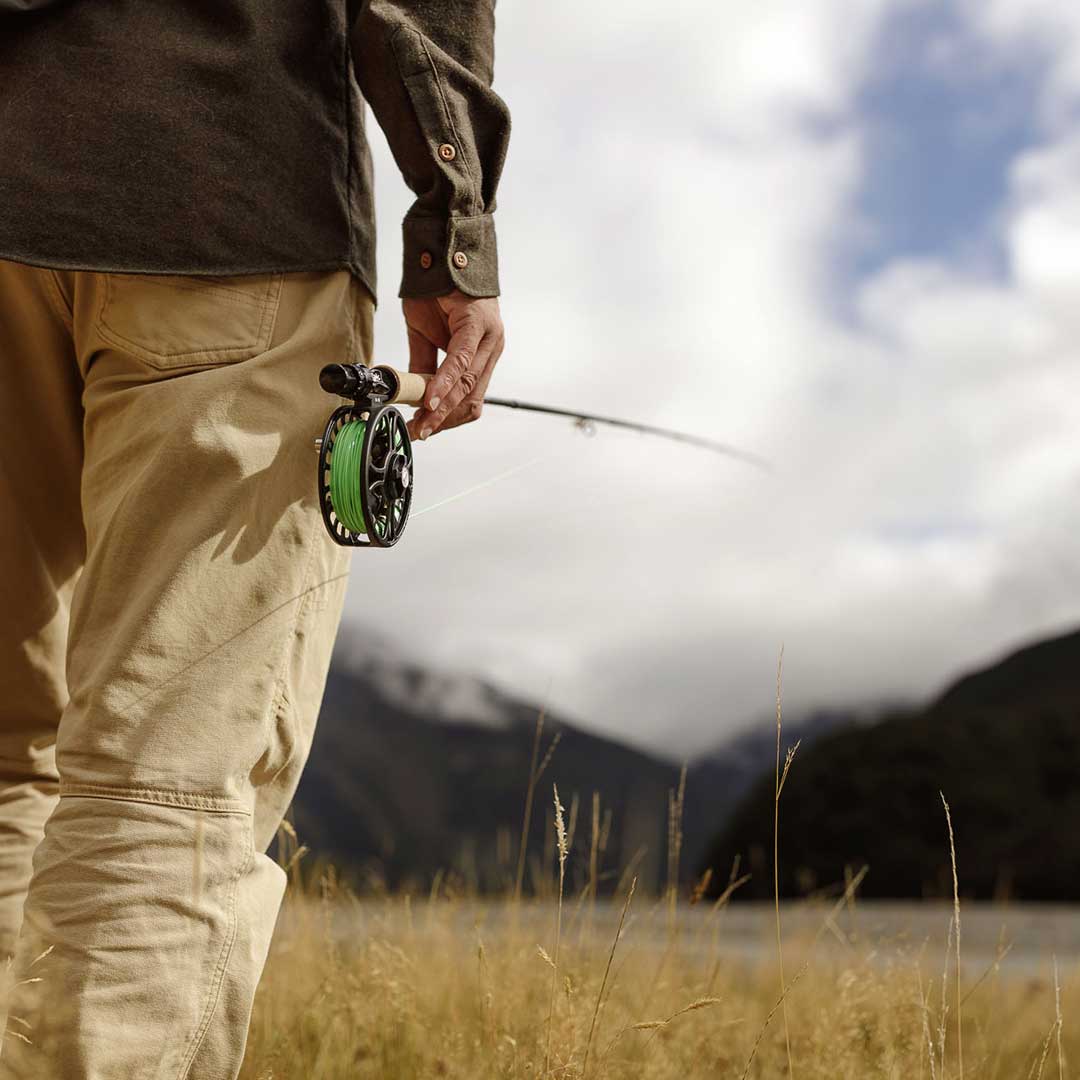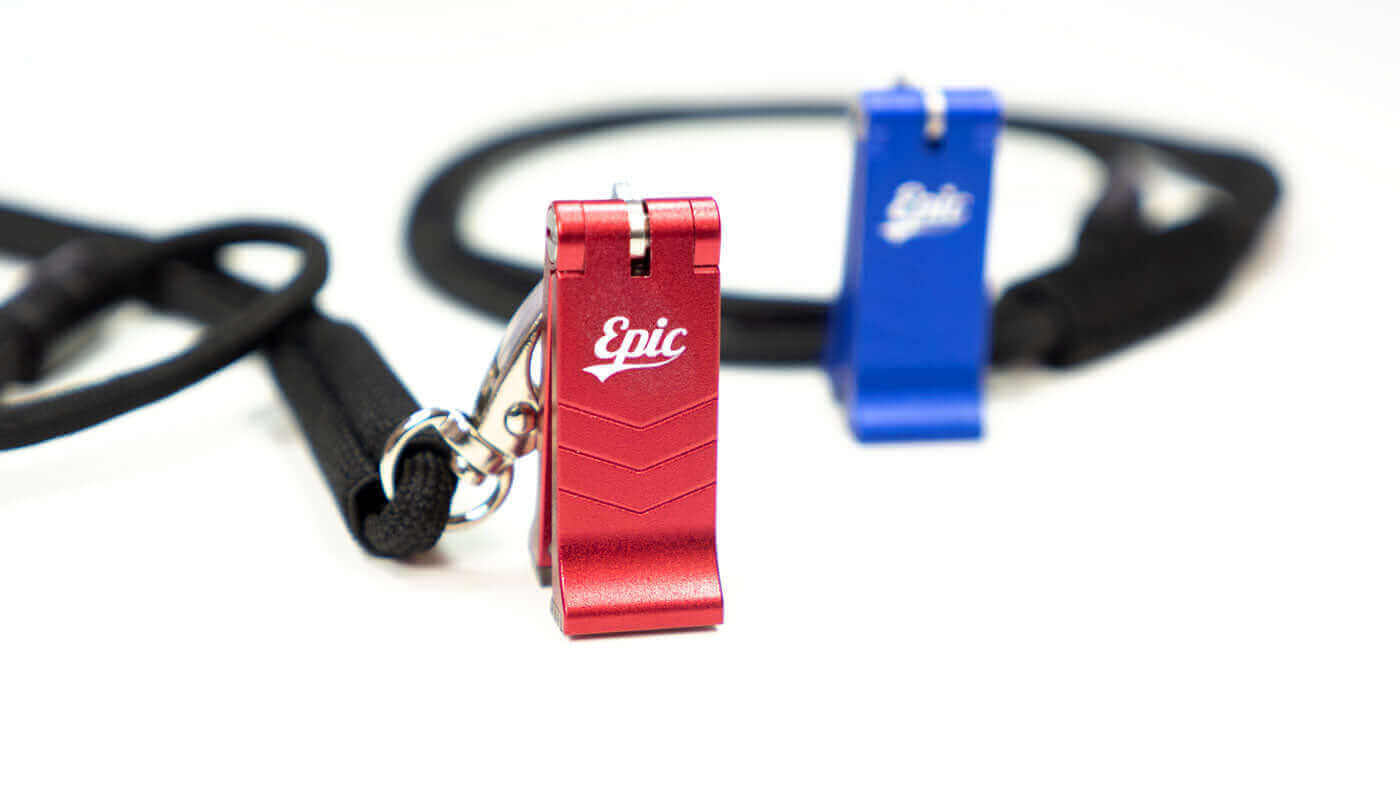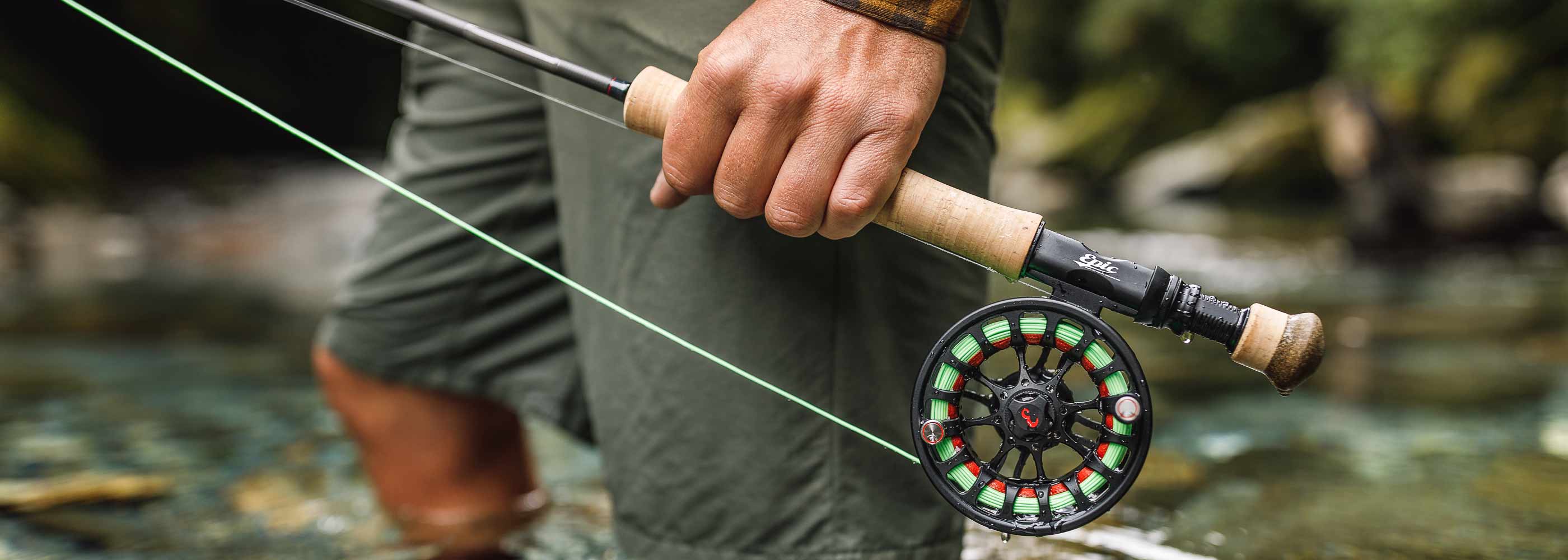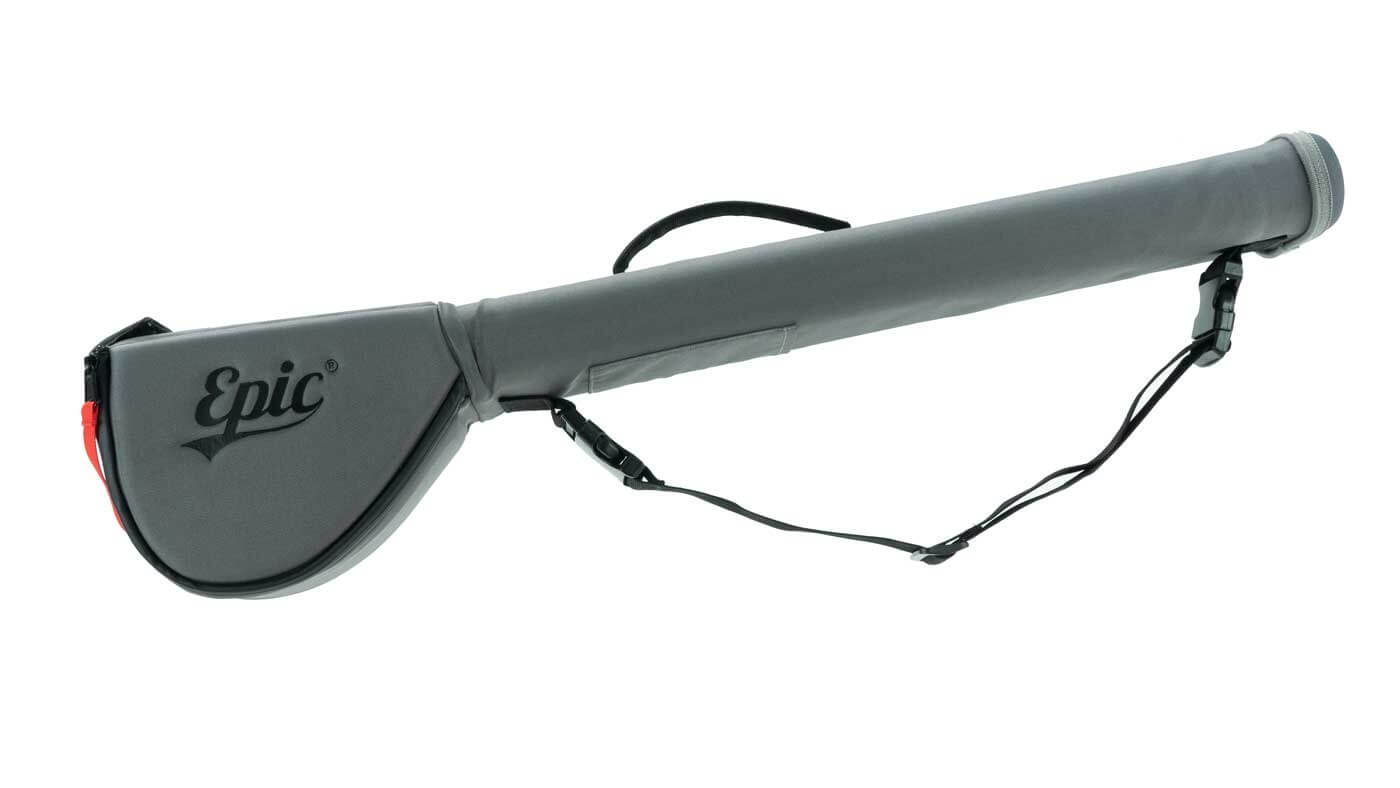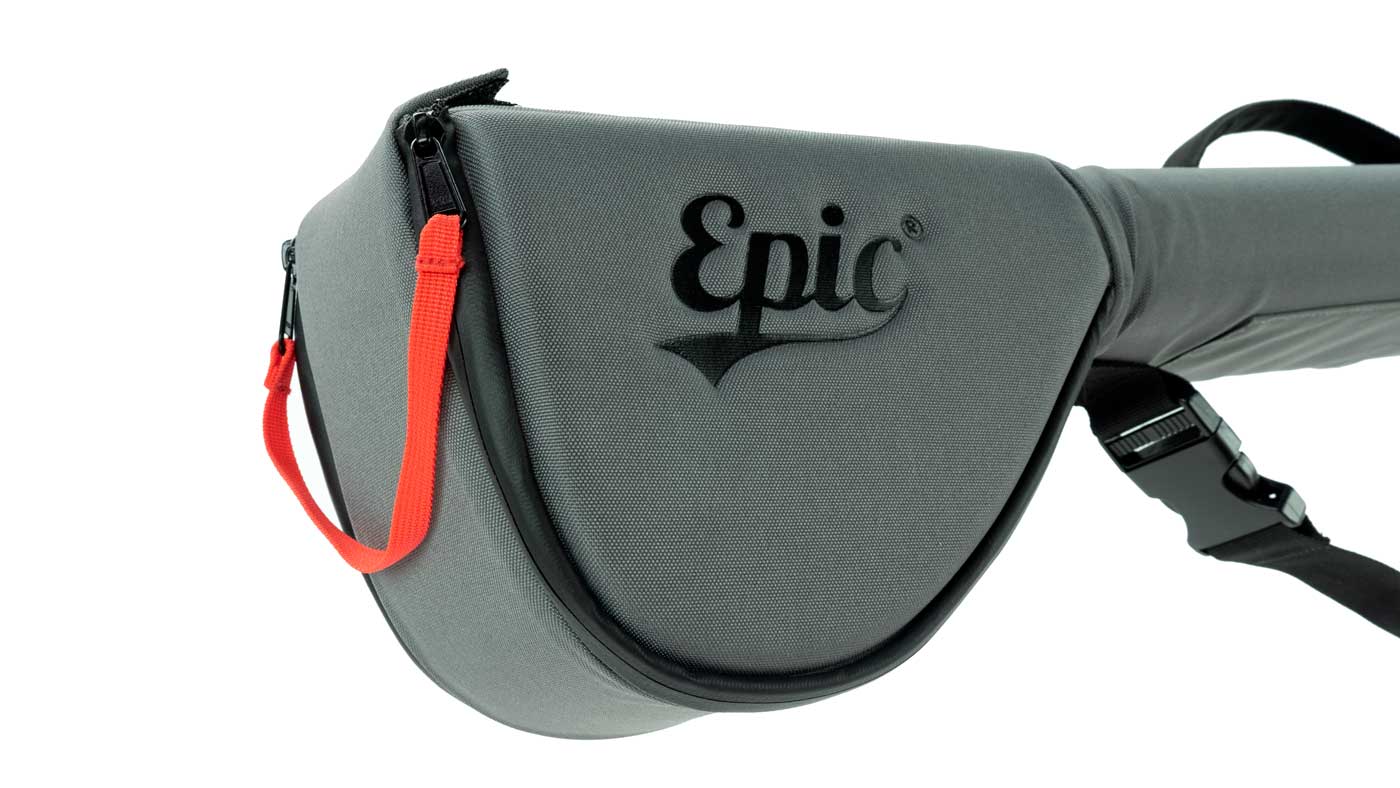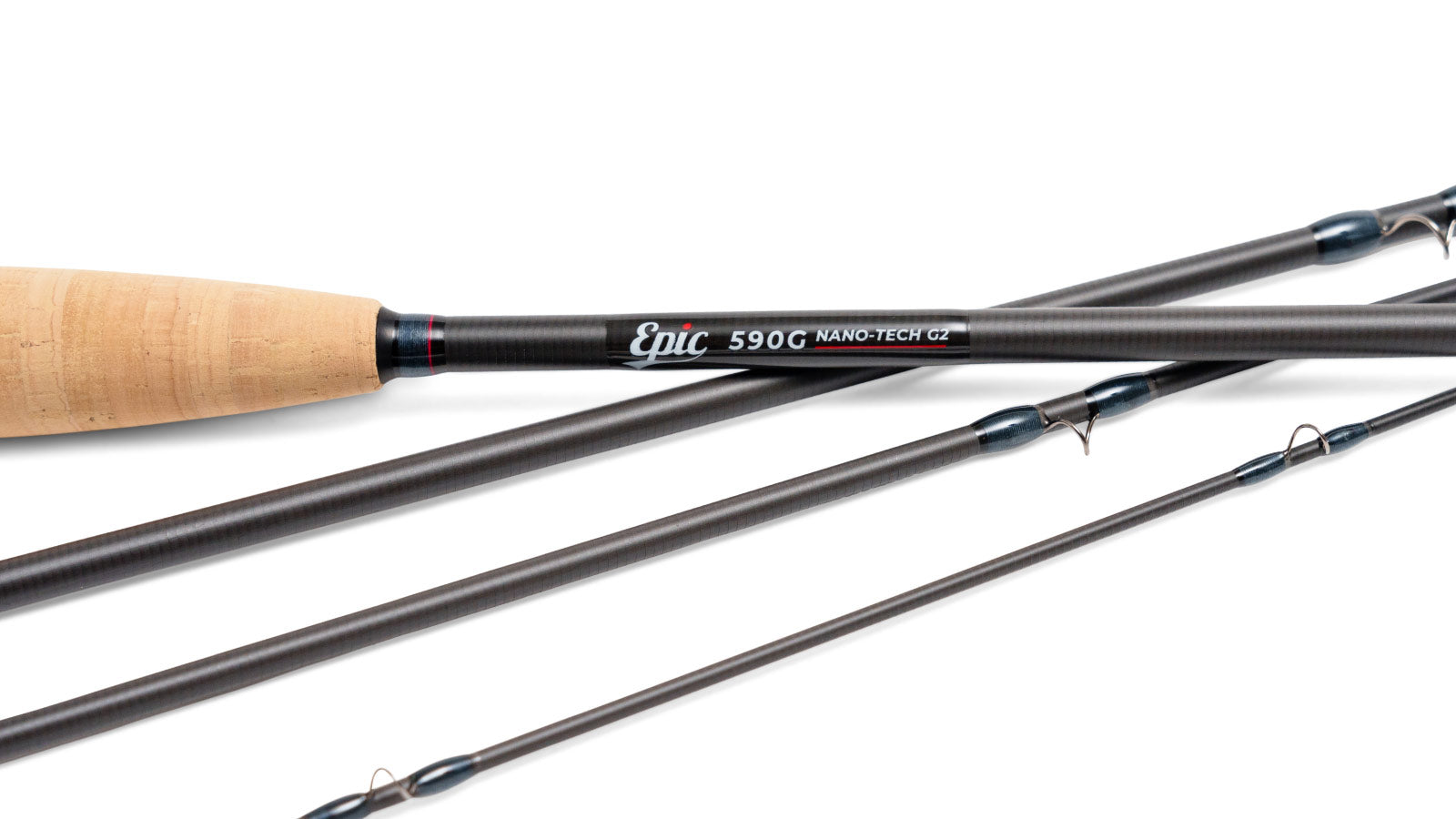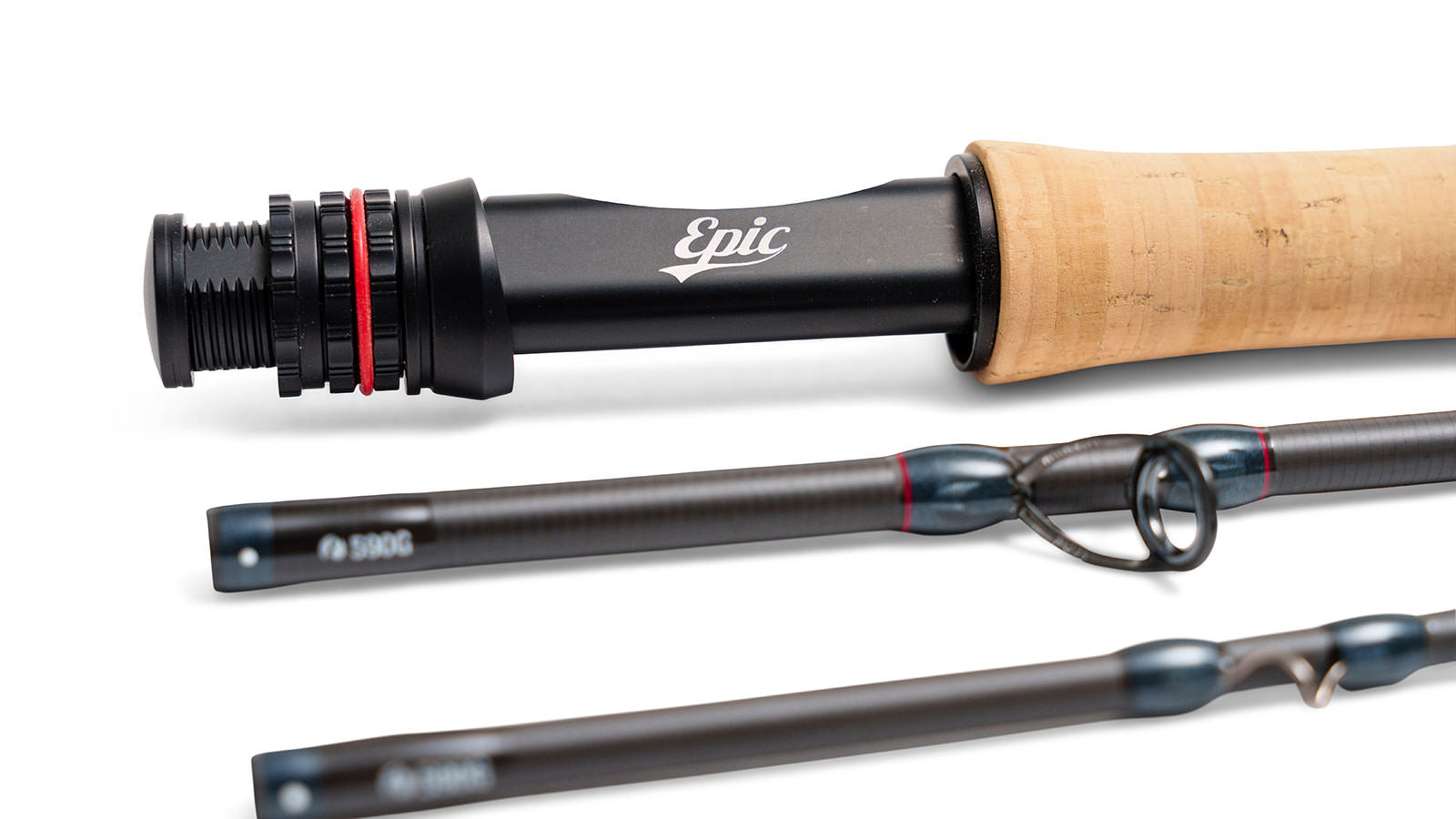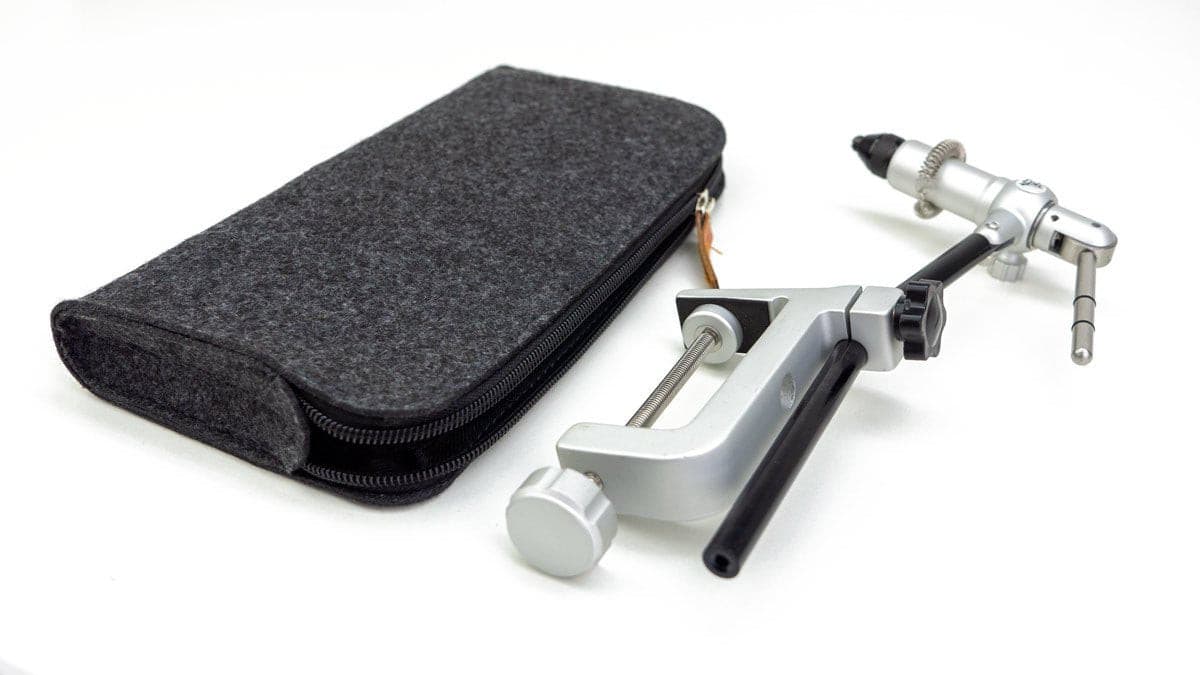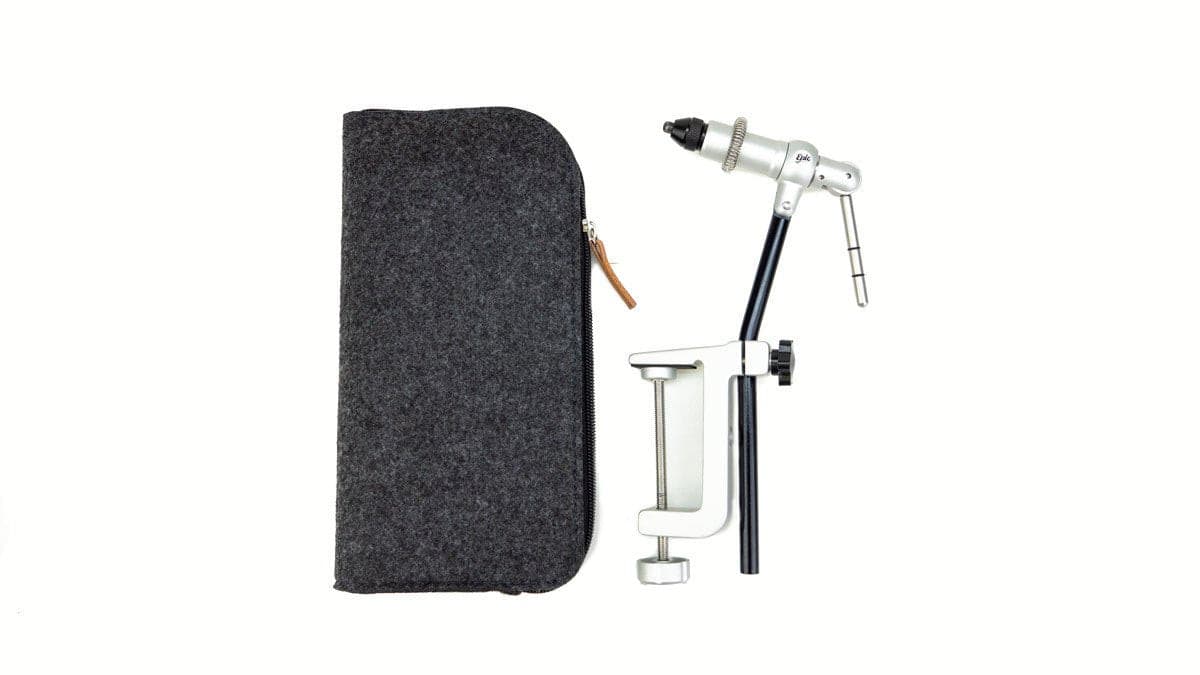15 tips and common errors that I see regularly on both winter and summer-run steelhead trips. Of course some of these are not always errors — some are occasionally sound techniques — but nonetheless here are some personal observations that I hope will be worthwhile.
1) Fishing too heavy
Depending on water levels, clarity, and temperature, steelhead occasionally hold close to shore. Many anglers make the mistake of believing that fishing deeper water inevitably increases their chances of hooking fish. When a client asserts this belief, my response it to remind them that steelhead are almost always looking up.
Furthermore, when a fish is sitting close to shore, heavy sink tips often snag the river bottom before the fly has had time to swing into the fish’s view. When this happens, the angler engages in a wrestling match with his tungsten opponent; thrashing water and noisy boots alarm the fish and encourage it to move elsewhere.
Casting on a slightly downstream angle can sometimes eliminate this problem, but so too can fishing with a less dense line.
2) Assuming the water is too murky for a top water pattern
Steelhead are able to spot an angler’s waked dry fly in surprisingly cloudy conditions. I used to refuse to fish dry flies on the Dean River unless the water was perfectly clear. But my brother-in-law and head guide, Steve Morrow, had read in a Trey Comb’s book that steelhead can see surface patterns with just 12 to 18 inches of visibility. We put that theory to the test and were astounded at how many fish smashed our surface flies. Since then we’ve both been confident to encourage anglers to fish dry flies in water that is less than gin clear.
3) Single nail knots
There are few worse feelings than that of a light rod that has just lost both its line and the fish attached to it. I am appalled at the amount of anglers who show up for their trip of a lifetime with a single ratty nail knot connecting their backing to their running line. What’s worse is when I find out that the culprit is their local fly shop! There are better knots to attach running line to backing. Even a double nail knot will do the trick.
4) Wading out too deep
Unless you know exactly where a fish is holding, it’s best to avoid charging into the current before first casting close to shore. I encourage anglers to start by casting just their leader, then their sink tip, and then their fly line. Then I have them increase distance incrementally until they are casting either as far as they can or as far as they need to.
If nothing else, this makes for a safer day.
5) Not fishing thoroughly
It’s amazing how many people walk past or through a tailout because they feel it’s too fast, shallow or choppy. But often these tailouts hold fish that are large or aggressive.
Just as often ignored are the upper sections of the head of a run. Usually this area has some sort of change in gradient and the water forms a gentle trough along either side of the faster flow. It’s logical that fish rest here before making their next spurt upstream. If the anglers can get their flies in front of one of these fish, they have a shot at getting a bite.

6) Casting too far
This is just as frequent an error as wading too far. I admit that I can also be guilty of this. Long casts just feel satisfying. However, heavy currents move the fly from its desired location, thus lessening the goal of efficiency.
Often the “seam” (as you’ll hear guides call it), runs along both sides of a swift current. By casting across the current and trying to reach the opposite seam, the fly usually gets caught up in the heavy flow and is pushed out of the target zone. Of course it depends on the situation, but anglers are usually better off casting their flies directly into the zone and then concentrating on fishing the area properly.
7) Not thinking outside the box
Point #6 brings me to this one. The folks who always “cast, swing, take a step and repeat” are the cookie cutters of the steelhead world. I can’t count the days when I’ve watched anglers make the same cast, mindlessly swing the fly the same way, and then stand stiff in the same position in hopes that a fish might interrupt the monotony.
The best anglers know that they need to work every run a little differently, applying subtle or not-so-subtle variations to every cast, every step, and every presentation.
I think of it as piecing together a puzzle. Every cast and the way the angler fishes it out should be executed with some strategy — or if not strategy, then at least some thought. Each cast should be the most suitable one for the situation.
There are many variables to consider: water speed, obstructions, hydraulics, gradient, pressure, time of year… the list is endless. I learned much of my steelheading methodology by fishing gear when I was younger. There were times when I high-sticked my rod, times when I walked my float downstream, and times when I dumped line into the water to gain some depth. I still apply many of these techniques to my fishing, regardless of what sort of rod I am using.
8) Mending too much
It’s always been a mystery to me how so many anglers ignore point #7, yet partake in excessive mending. To mend means to fix, and if it’s not broken then why disrupt, slacken or jolt the fly in mid-presentation? Mending is an important part of fishing, but we need to know why we are doing it. It appears that many anglers mend out of sheer habit — and a sloppy habit at that.
Proper mending requires skill, practise, knowledge and precision. Simply ripping the line mindlessly in one direction or the other is not efficiency.
When attempting to mend any sort of shooting head, it is important to lift the rod tip up until their running line has cleared the water. From here, a mend might make sense provided it is the shooting head that is being adjusted rather than just the running line (I sometimes even use a haul to transmit the mend further down the line). But please, for the sake of your guide, don’t try to mend the light running line if all the mend does is leave your shooting head where it was before, and your rod tip whipping convulsively through the air.
9) Over before it starts
It’s quite commonplace for anglers to hear that steelhead usually take “mid swing”. I can’t deny that I have seen this to be true, but I have also seen fish take on virtually every other part of the presentation: when the fly first lands, in mid swing, on the dangle and on the retrieve. Fish love to surprise us.
Fish sometimes take the fly within seconds of it hitting the water. While it doesn’t happen often, it happens enough that an angler should be ready for it. Common errors are making a huge sloppy mend that introduces unnecessary slack, fidgeting with gear, attire or body parts, applying chap stick, and dropping the rod tip to the water immediately upon casting (thus introducing slack between the line and fly). The latter is easily avoided by simply slowly lowering the rod tip after making a cast, while maintaining some tension on the line.
10) Bad casts, good fish
Although it may be contradictory to point #9, bad casts can sometimes be just the cast a fish is looking for. I have seen more bad casts catch fish than good ones, and there are times when I swear the dead drift is the reason for it. This is too situational to elaborate on however, and while bad casts may hurt the ego, they likely won’t hurt your efficiency on the water (depending on just how bad your casting is).
11) Have some faith
Too often I see fish lost because of distraction — specifically when an angler is taking line off their reel in preparation for the next cast. Here, the angler neglects to give their current presentation enough faith or enough time. The line has slack introduced, the fish takes the fly, the line isn’t managed properly, and the fish uses that to its advantage as it spits the hook. The lesson is that it’s important to complete one swing before starting the next.
12) Eager receiver
In the Spey world we call the “hang-down”, the “dangle”. This is when the fly has swung through the current and has reached a position parallel with the shore. Fish often lie here, especially when the water is high and dirty. Anglers too anxious to re-cast retrieve their fly before it reaches a true dangle position. I often see anglers cut their “swing time” in half. Imagine how many more fish could be hooked if the fly was in the water for twice as much time.
13) Omitting the strip
Stripping flies is one of the most fundamental of fly-fishing methods, so why would we not use it while steelhead fishing? Just like the dangle, stripping the fly not only allows the angler to leave the fly in the water longer, it provides one last opportunity to persuade a nearby fish to bite. If you have to strip line in to recast, why not take the extra few seconds to make some small strips or twitches, just in case there’s a fish following the fly?
14) A bloody disaster with a capital “L”
The “bloody L” is one of the most common casting errors I witness in the Spey world, yet surprisingly few clients have ever heard of it.
The “bloody L” could occupy a feature article in this publication, but I’ll summarize quickly here and encourage you to research it further.
It occurs when the D-Loop fails to align the anchor parallel to the forward cast. The name comes from the way the line lays in an “L” shape on the water. The result is a forward cast that lacks the energy to roll over properly. This is typically caused by setting the anchor in an improper position prior to the sweep, or by an incomplete or shortened sweep which fails to carry enough energy into the D-Loop.
15) Quick landings
It is important to land these fish as quickly and safely as possible. Rather than applying slight pressure to the fish with the rod straight up in the air, I encourage anglers to fight with their rod pointed low (as one would when fighting a tarpon) and downstream. This tends to tire the fish out in the current, rather than enabling and revitalizing them.
Also please remember that when in B.C., your hooks must be single and barbless. It might even be worthwhile to get in the habit of doing this in all rivers that are home to wild steelhead.
When releasing a fish (all wild steelhead must be released in B.C.), it is important to hold the fish gently in the water until it has recovered enough to swim away. Facing it upstream allows the fish to regulate itself in the current, and when it has gained enough strength, it will propel itself away from the angler and back into the wild.
Thanks for reading! See you on the water!
~April V. 


